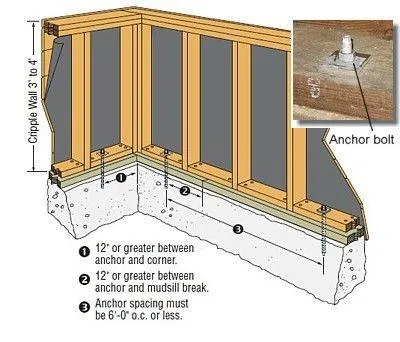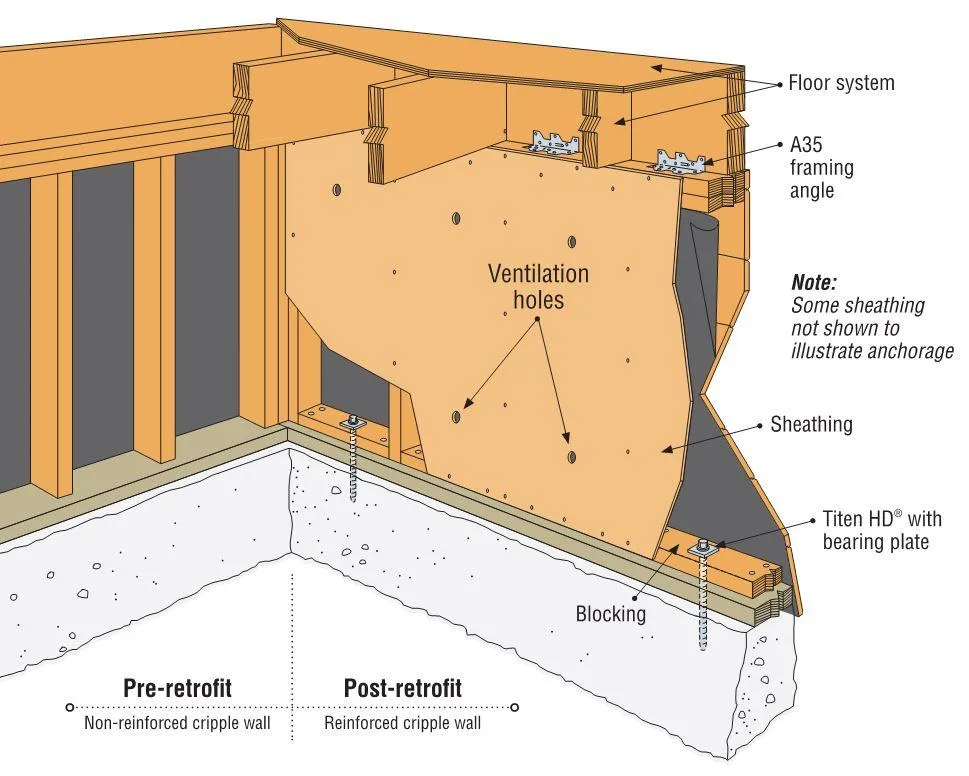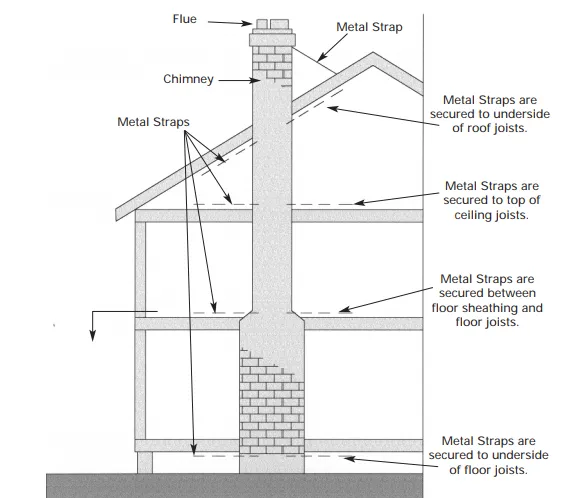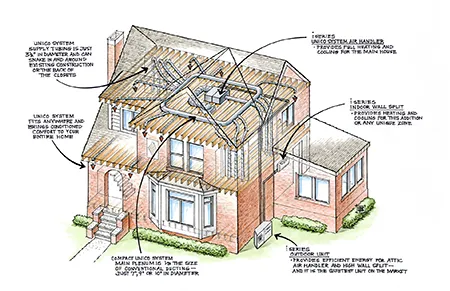
Is Your Home Earthquake-Ready?
5 Seismic Upgrades Bay Area Homeowners Should Consider
Living in the Bay Area means enjoying beautiful views, a thriving culture, and access to the best of Northern California. But it also means living with the ever-present threat of earthquakes. The region sits atop several major fault lines, including the infamous San Andreas Fault, making seismic activity not a question of if but when.
As recent quakes have reminded us, the time to prepare is before the ground starts shaking. If you're a homeowner in the Bay Area, making sure your home is earthquake-ready should be a top priority.
Seismic upgrades not only protect your property—they can also save lives.
Five essential upgrades every homeowner should consider to improve their home’s safety and resilience.

Foundation Bolting
Many older homes in the Bay Area were built before modern seismic building codes and are not anchored to their foundations. During an earthquake, this can cause the house to shift or slide off its foundation entirely.
What It Is: Foundation bolting involves attaching a home’s wood frame securely to the concrete foundation using steel anchor bolts and metal plates.
Why It Matters: This upgrade significantly reduces the risk of your home collapsing or sustaining major structural damage in an earthquake.
Tip: A seismic retrofit contractor can inspect your crawl space to see if your home already has anchor bolts—or if it's in urgent need of them.


Cripple Wall Bracing
In homes with a raised foundation, there’s often a short wood-framed wall (called a cripple wall) between the foundation and the floor. These walls are particularly vulnerable to collapse during shaking.
What It Is: Cripple wall bracing strengthens this area by adding plywood sheathing or braces to prevent buckling.
Why It Matters: Bracing keeps your home stable and upright, reducing the chance of a costly and dangerous collapse.
Tip: Pair cripple wall bracing with foundation bolting for the best protection in older homes.

Chimney Reinforcement
Masonry chimneys may add charm, but they’re among the most common sources of earthquake damage—and injury. Bricks can easily fall during strong shaking, creating a serious hazard.
What It Is: Chimney reinforcement can involve bracing, adding steel frames, or even replacing the upper portion with a lighter material.
Why It Matters: Reinforcing or modifying a chimney can prevent it from toppling and causing injury or structural damage.
Tip: If you rarely use your fireplace, consider replacing a tall masonry chimney with a more earthquake-safe alternative.


Seismic Gas Shut-Off Valves
Gas leaks are a major fire hazard following an earthquake. If your home has natural gas service, a break in the line could lead to fire or explosion.
What It Is: A seismic gas shut-off valve automatically stops the gas flow when it detects shaking above a certain threshold.
Why It Matters: It protects your home from post-earthquake fires and can be a critical safety feature, especially if you’re not home during the quake.
Tip: Have a licensed plumber install the valve and show you how it works for peace of mind.

Retrofitting Older Homes
Homes built before the 1980s are particularly vulnerable to earthquake damage due to outdated building standards.
What It Is: A seismic retrofit is a customized set of improvements to bring your home up to current seismic safety standards. This may include foundation bolting, cripple wall bracing, sheer wall reinforcement, or more.
Why It Matters: Retrofitting improves safety, increases your home's resale value, and may even reduce insurance premiums.
Tip: Look for programs in your area offering rebates or financial assistance for seismic retrofits. In some cities, you may also qualify for free evaluations.

Earthquakes can strike without warning, but the damage they cause doesn’t have to be devastating.
Investing in seismic upgrades now is a smart move that protects your family, your property, and your peace of mind. Whether you own a century-old Victorian or a mid-century bungalow, a seismic inspection can help identify which upgrades your home needs most.Consult with a licensed contractor or structural engineer to assess your home’s current condition and create a plan for reinforcement. Because when the next big one hits, you’ll be glad you took action today.
